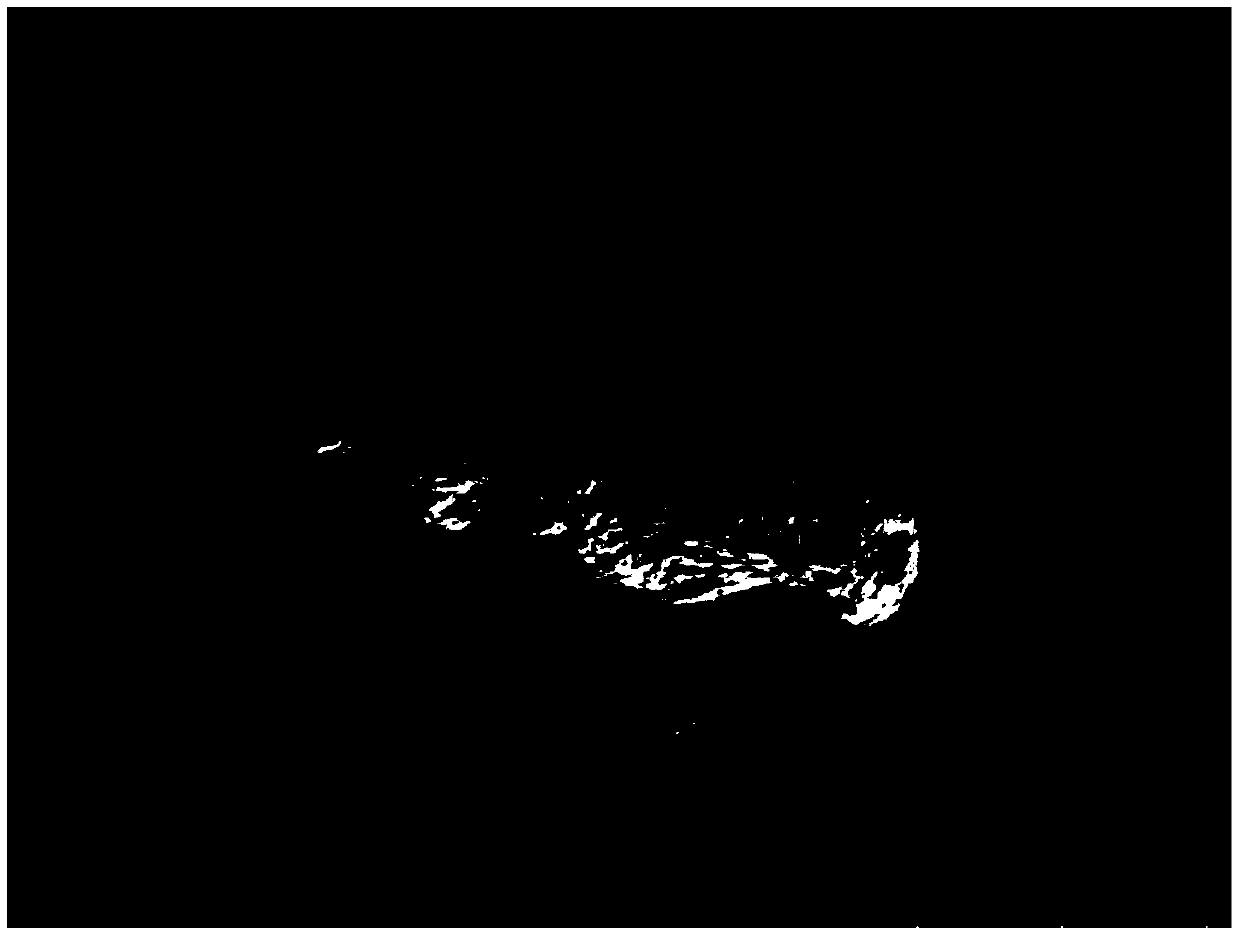Method for greatly improving quality of scanning electron microscope sample of salivary sheath of rice planthopper
A scanning electron microscope, sample quality technology, applied in the field of agricultural science, can solve problems such as invisible samples, unclear details, dry cracks, etc.
- Summary
- Abstract
- Description
- Claims
- Application Information
AI Technical Summary
Problems solved by technology
Method used
Image
Examples
Embodiment 1
[0030] 1. Sampling: Take about 20 4-5 instar rice planthopper nymphs and feed them for 24 hours at 25°C, relative humidity of 60%, and photoperiod of 16:8 (D:L).
[0031] Taking SBPH as an example, under the above temperature and humidity conditions: Take a glass tube with a diameter of 2.5 cm at both ends, seal one end with gauze, and seal the other end with double-layer parafilm (the two layers of film contain artificial feed for rice planthopper) , put the rice planthopper into the glass tube. After feeding for 24 hours, uncover the double-layer parafilm membrane to obtain the parafilm membrane with saliva sheath;
[0032] Table 1 The relationship between the number of rice planthopper nymphs, feeding time and whether salivary sheaths can be observed in the artificial diet:
[0033]
[0034] 2. Cleaning of the sample: wash the parafilm membrane with the saliva sheath with PBS buffer solution (NaCl 137mmol / L, KCl2.7mmol / L, NaCl 2 HPO 4 10mmol / L, KH 2 PO 4 2mmol / L, ...
Embodiment 2
[0049] 1. Sampling: Take about 30 4-5 instar rice planthopper nymphs and feed them for 24 hours at 25°C, relative humidity of 60%, and photoperiod of 16:8 (D:L). Take a glass tube with a diameter of 2.5 cm at both ends, seal one end with gauze, and seal the other end with double-layer parafilm (the two layers of film contain artificial feed for rice planthoppers), and put rice planthoppers into the glass tube. After feeding for 24 hours, uncover the double-layer parafilm membrane to obtain the parafilm membrane with saliva sheath.
[0050] 2. Cleaning of the sample: wash the parafilm membrane with the saliva sheath in 75% ethanol solution diluted with phosphate buffer solution (PBS) for 1 hour, and replace the cleaning solution every 15 minutes. After that, place in PBS and wash twice, 5min each time.
[0051] 3. Fixation of the sample: the fixation ratio of the rice planthopper saliva sheath fixation solution is 4% paraformaldehyde: 2.5% glutaraldehyde = 3:1, fix at 4°C for ...
Embodiment 3
[0060] 1. Sampling: Take about 25 4-5 instar rice planthopper nymphs and feed them for 24 hours at 25°C, relative humidity 60%, and photoperiod 16:8 (D:L).
[0061] 2. Cleaning of the sample: wash the parafilm membrane with the saliva sheath in 75% ethanol solution diluted with phosphate buffered solution (PBS) for 1 hour, and replace the cleaning solution every 15 minutes. After that, place in PBS and wash twice, 5min each time.
[0062] 3. Fixation of the sample: the fixative ratio of the rice planthopper saliva sheath is 4% paraformaldehyde: 2.5% glutaraldehyde = 2.5:1, fixed at 4°C for 1 hour; or choose a fixative solution of 4% paraformaldehyde: Qular Through X-100=12:1, fixed overnight at 4°C. After the fixation was selected, the fixative was sucked out, rinsed with phosphate buffered saline (PBS) for 1 h, and the medium was changed every 20 min.
[0063] 4. Dehydration of samples: suck out phosphate buffer solution (PBS), add 15% ethanol solution to balance for 1 hour...
PUM
| Property | Measurement | Unit |
|---|---|---|
| diameter | aaaaa | aaaaa |
Abstract
Description
Claims
Application Information
 Login to View More
Login to View More - R&D
- Intellectual Property
- Life Sciences
- Materials
- Tech Scout
- Unparalleled Data Quality
- Higher Quality Content
- 60% Fewer Hallucinations
Browse by: Latest US Patents, China's latest patents, Technical Efficacy Thesaurus, Application Domain, Technology Topic, Popular Technical Reports.
© 2025 PatSnap. All rights reserved.Legal|Privacy policy|Modern Slavery Act Transparency Statement|Sitemap|About US| Contact US: help@patsnap.com



